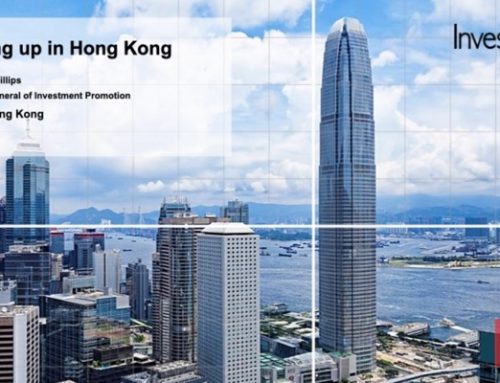Project Description
What is a roadshow?
A roadshow is a presentation that executives of a business will put together to attract investors, such as for an Initial Public Offering (IPO).
It’s essential that the presentation contains all of the current financial statistics together with forecasts for the future, including the return on investment and the potential sale price of the stock. There will also be statements of past sales, preferably showing a growth trend. Investors will want to know why the company is looking for investment and will have questions so the team must be fully prepared.
Financial information is usually presented in a slideshow with an accompanying prospectus. And, whilst all this information has to be true, it needs to make the company look as attractive as possible too.
Today’s technology allows presentations to be carried out by video conferencing but many companies still prefer to take their show on the road, so to speak. The presentation will be given in selected major cities and perhaps globally.
Why roadshows are crucial
In many cases, a roadshow creates your first impression on the world. You have to make it count. It will be the first stage of issuing securities through an IPO, it’s the moment when your stock is first available to the public.
Generally speaking, roadshows are for large investments. From the investor’s point of view, they want the chance to meet the senior team of a company to get a better feel of what they are about, their knowledge, their professionalism, and their credible plan. Investors need to be enthusiastic about the company’s future if the roadshow is to be a success.
Hosting a roadshow
In the US, if a firm wants to host a roadshow and an investment bank is not funding the IPO, it needs to file a ‘statement of planning to offer securities’ with the Securities Exchange Commission.
The host will then invite hedge funds, institutional investors, fund managers, other financial agencies, and analysts. Some roadshows have hundreds of attendees and may involve large meetings as well as smaller group meetings. Presentations will often be posted onto social media sites and streamed live for investors who can’t make it in person.
Planning and preparing for a roadshow
Every detail of a roadshow must be thought of, even down to travel arrangements. Let’s take a look at the principal steps involved in planning a successful roadshow.
a) Creating a budget
Some of the things that you will need to include in your budget will be: cost of transport, accommodation expenses, venue reservations, promotional materials, and so on.
We will also need to wine and dine potential investors outside of the main event. You may have the resources in-house to prepare for the roadshow or you might prefer to hire an agency who specializes in such planning and this will add to cost.
b) Preparing the schedule
Every roadshow will have a different schedule, as it will depend on the number of cities to be visited. It may take just a couple of days or even a few weeks. The most important thing is to plan enough time in between to get from A to B. You won’t be at your best is you are rushing across the country.
It’s always best to plan a roadshow when there are no other business events going on. And, as many of top management of the company will need to be out of the office, you have to ensure that your business will continue to smoothly in their absence.
c) Locations to visit
Everyone will tell you to go where the investors are but don’t forget your hometown too. If you already have possible investors lined up, make sure you include their cities on your roadshow to strengthen business relationships and increase investment participation.
Some companies planning a roadshow may prefer 5-star hotels while others prefer something lower key; it will depend on your budget. But do make sure you book the location well in advance and ensure that the location is prepared should there be potential changes to the schedule. Once your locations are booked, you can organize transport: leave nothing to chance, even taxies from the airport to the hotel.
d) Putting your presentation together
3 key things that must be included in your presentation:
- Key facts and figures, those that we have mentioned previously. For example, past sales growth, current situation, forecasts, etc. These numbers should be presented clearly using charts and graphs
- The benefits of what the company is doing and why it’s an exciting opportunity. This is a chance to tap into the personal side of investors. Are you contributing to the environment? Are you making an improvement to the local community? Will your product go stratospheric?
- The story of the company. While investors will need a clear picture of the financial side of things, it can’t all be about the numbers. Talk about the culture of the company and the value of the employees so that investors feel that they are part of something
e) Choosing the right people
While typically one person will give the main presentation, all key managers must be available to answer questions. An investor doesn’t want to talk to the Marketing manager when he has a question about Finance. Your figureheads must be knowledgeable but also confident and charismatic.
The main presenter, CEO, CFO, and any other executives present should practise their part of the presentation, including Q&A sessions, until they can effectively tell (and sell) the story of the company.
In conclusion
A roadshow is an amazing opportunity for companies to network, get their brand seen, and gain investors. But putting one on successfully costs and it requires a lot of time to prepare properly (large companies can spend 6 -12 months planning a roadshow). Done well, a roadshow can open the door to amazing opportunities for a business and those who want to invest in it.





